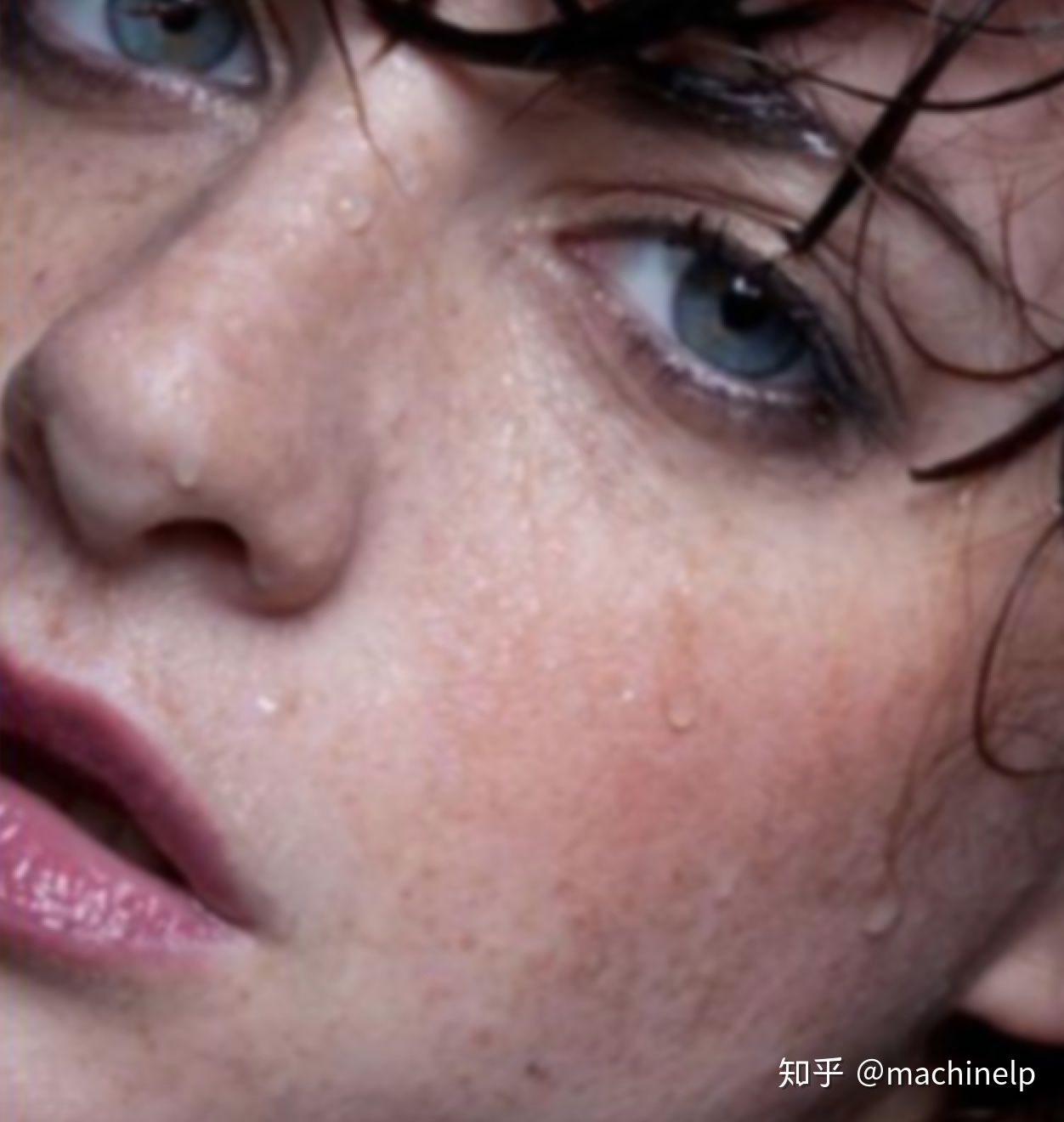python代码:
import cv2 as cv
import numpy as np
src = cv.imread("./test.png")
cv.namedWindow("input", cv.WINDOW_AUTOSIZE)
cv.imshow("input", src)
blur_op = np.ones([5, 5], dtype=np.float32)/25.
shape_op = np.array([[0, -1, 0],
[-1, 5, -1],
[0, -1, 0]], np.float32)
grad_op = np.array([[1, 0],[0, -1]], dtype=np.float32)
dst1 = cv.filter2D(src, -1, blur_op)
dst2 = cv.filter2D(src, -1, shape_op)
dst3 = cv.filter2D(src, cv.CV_32F, grad_op)
dst3 = cv.convertScaleAbs(dst3)
cv.imshow("blur=5x5", dst1);
cv.imshow("shape=3x3", dst2);
cv.imshow("gradient=2x2", dst3);
cv.waitKey(0)
cv.destroyAllWindows()

C++代码:
#include <opencv2/opencv.hpp>
#include <iostream